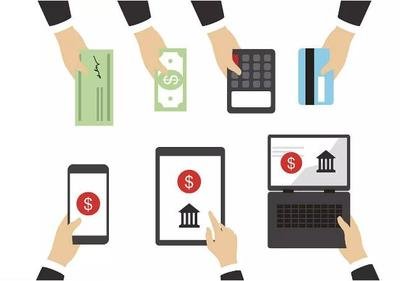When engaging in international trade, one of the most critical decisions you will have to make is choosing the appropriate payment method. As an exporter or importer, selecting the right foreign trade payment method is vital to ensure the smooth flow of transactions and the security of your funds. In this article, we will explore some of the popular foreign trade payment methods and help you determine which one is right for you.
1. Letter of Credit (L/C):
A letter of credit is a widely used payment method in international trade. It involves a financial institution, usually a bank, acting as an intermediary between the buyer and the seller. The buyer’s bank issues a letter of credit, guaranteeing payment to the seller upon the successful completion of the specified conditions. This method provides security for both parties as the seller knows they will be paid, and the buyer ensures that the goods are delivered as per the agreed terms.
2. Documentary Collection:
With documentary collection, the exporter entrusts the handling of the payment to their bank. The bank sends the shipping documents to the importer’s bank who will release them to the buyer once payment is made. This method offers some level of security but does not provide the same level of assurance as a letter of credit. Documentary collection is suitable for established trading partners with a good payment history.
3. Advance Payment:
In some cases, especially when dealing with trusted partners or for small transactions, an advance payment might be the preferred method. As the name suggests, the buyer makes a payment in advance before the goods or services are delivered. This method provides the seller with a sense of security, knowing that they have received payment before shipping the products. However, the buyer carries the risk of not receiving the goods if the seller defaults.
4. Open Account:
The open account method is the riskiest but also the most convenient payment option for both parties. In this method, the seller ships the goods and grants credit to the buyer, who agrees to pay within a specified period, typically after receiving the products. This payment method requires a high level of trust between the exporter and the importer. It is commonly used among long-term business partners with a proven track record.
Choosing the right foreign trade payment method depends on several factors such as the level of trust between the parties, the value of the transaction, the buyer’s creditworthiness, and the nature of the products or services being traded. It is crucial to assess these factors carefully and consider the associated risks and benefits.
If you are a new exporter or importer, opting for a more secure payment method like a letter of credit or documentary collection might be the safer choice to protect your interests. However, as you build trust and establish long-term relationships with your trading partners, you may consider more flexible options such as advance payment or open account to streamline your transactions.
In conclusion, the selection of the right foreign trade payment method is a critical decision that should be made after careful consideration of the specific requirements of your trade transactions. As you navigate the global market, seeking advice from banking professionals and experienced exporters or importers can provide valuable insight into choosing the most appropriate method. Remember, the key is to strike a balance between security and convenience while ensuring the smooth operation of your international trade business.
Post time: Oct-09-2023

